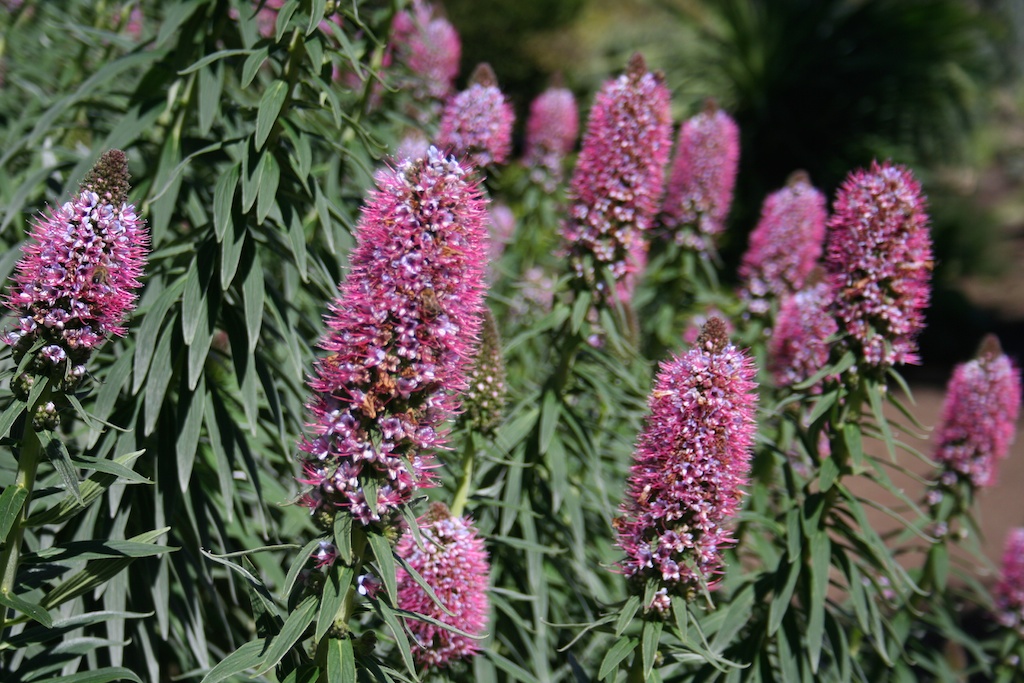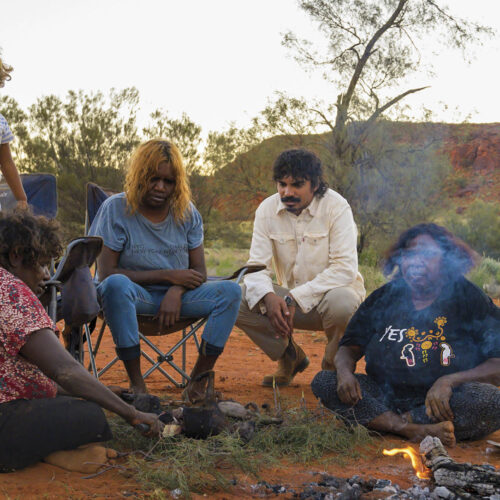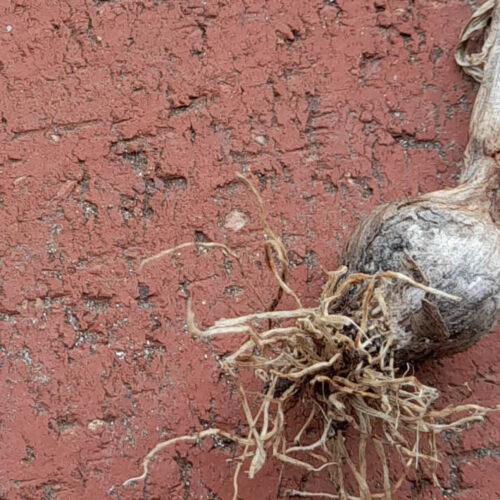Beautiful bee magnets
2014-10-15T03:24:35+11:00
Versatile, tough and very beautiful, PENNY WOODWARD asks what more could you want from Echium?
In nearly all the gardens in my small seaside town there are beautiful bright blue, purple, white and pink echiums in full bloom. These versatile plants are not only strikingly beautiful, but tough and drought tolerant. The annual forms can be thugs, self-sowing and growing vigorously so that if you turn your back for too long you are confronted with two to three metre hight plants with huge purple or pink spires. But I’m happy to put up with this behaviour because when in flower they attract thousands of bees and other beneficial insects into my garden. Each candle-like spike is made up of hundreds of small flowers full of nectar that is irresistible to bees. So lots of bees for pollination of vegetable and fruit trees, and beneficial insects to keep all the spring pests under control.
Echiums are in the Boraginaceae, the same family as borage and comfrey, and there are up to 60 different echium species. Historically the best known species is Echium vulgare or viper’s bugloss, which used to be an important medicinal plant; while in Australia we are most familiar with Echium plantagineaum a major pasture weed better known as Patterson’s curse.
All ornamental echiums like full sun and well-drained soil tolerating long periods without water, but they are also quite frost tender so either need to be planted when the last chance of frost is past, or grown in seaside regions and inner city areas where frosts are not a problem. They also don’t like too much humidity. Perennial echiums grow easily from cuttings, while annuals self-sow readily and grow easily from seed. The large, softly hairy grey-green leaves look good all year round.
In the garden, the best known echium is E. candicans which comes originally from the Canary Islands. It forms a large bush two or more metres tall with 20-30 spikes of purple flowers in spring. Some of my favourite cultivars though can be seen growing in the Digger’s garden of Heronswood on the Mornington Peninsula. These are E. ‘Heronswood Blue’ and ‘Heronswood Pink’. They also have E. simplex with spires of white flowers. Another that I have been growing comes originally from New Zealand and is called ‘Cobalt Spires’ with massive spikes of cobalt blue flowers. E. wildprettii is similar except the flowers are pink. Both of these echiums generally die after flowering, but will sometimes become short lived perennials if the spent flower heads are cut back in summer. They will also self-sow prolifically so watch out for the seedlings the following spring and pull most of them out, or you may find yourself with a garden filled with echiums and little else.






